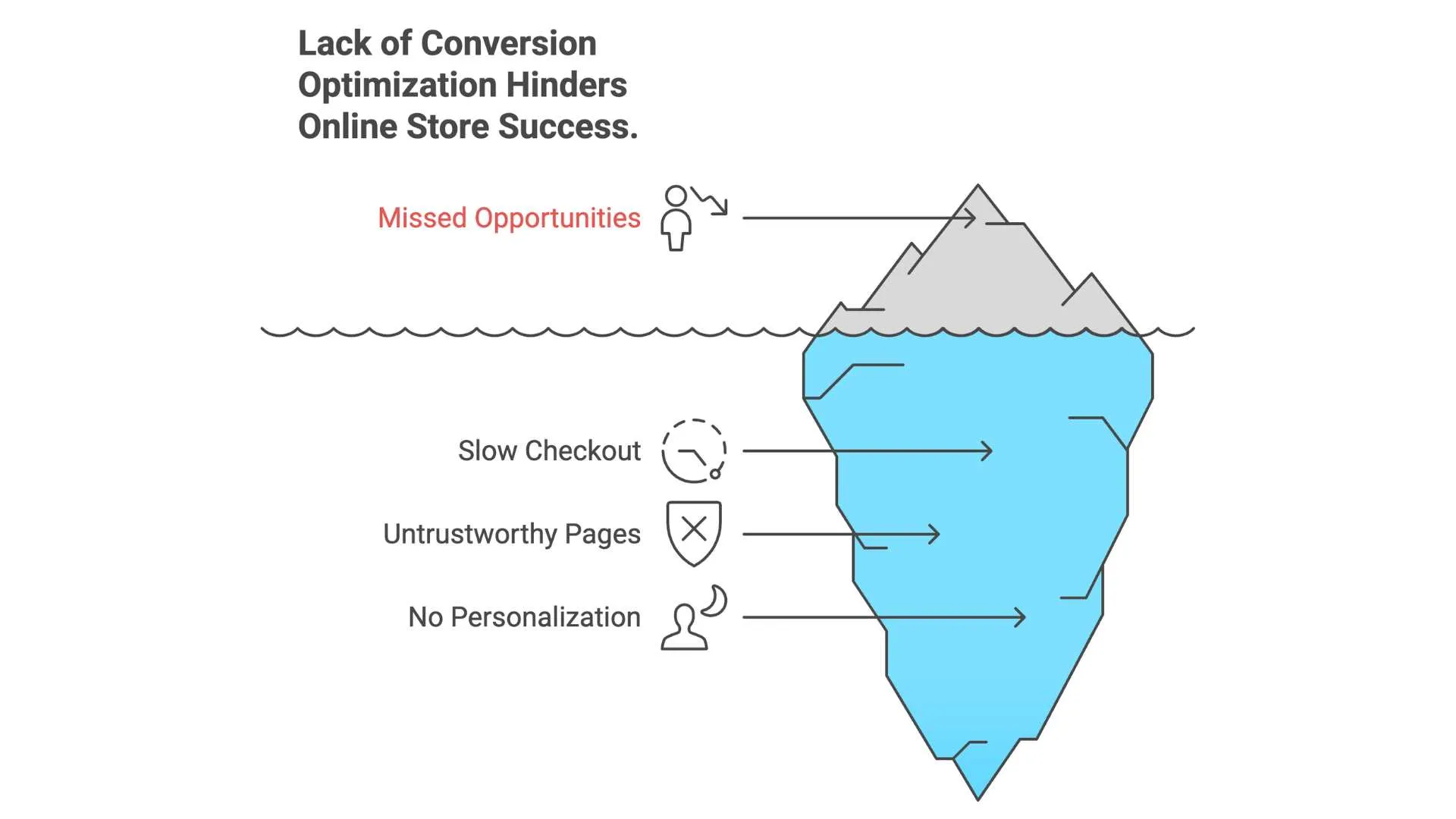Let’s say you’ve launched your D2C brand.
You hustled for months, maybe years, getting everything in place. Products are live, campaigns are running, orders are trickling in, and that early rush of sales feels like liftoff.
But then, a few months in… things start to stall.
Your ads aren’t performing like they did in the beginning. Organic traffic feels flat. Repeat purchases are slow. The graph that once looked like a steep climb now looks more like a long, straight road with no end in sight.
If this feels familiar, you're not alone. Most D2C brands hit this wall somewhere between Month 4 and Month 8.
So, why does this happen?
And more importantly, how do you break through?
This blog unpacks the common reasons why D2C growth slows down after launch—and shares real, tactical ways to keep moving forward.
In the early stages, momentum often comes from:
There’s excitement, curiosity, and low-hanging fruit. Your CAC (customer acquisition cost) might even look decent. But this audience isn’t infinite. Once that initial group has purchased (or passed), the game changes.
That’s when the grind begins.
And here’s the problem: what got you your first 100 customers won’t get you your next thousand.
Let’s break down the main reasons this plateau happens:
Many early-stage brands rely on one or two channels, usually paid ads.
But performance drops when:

If you’ve only built for acquisition, you’re vulnerable to channel instability.
What to do:
Driving traffic is only half the story. If your store isn’t converting, every visitor is just a missed opportunity.
What usually goes wrong:

What to do:
Your ads worked when they were new. But now? The same message gets ignored.
Why?

What to do:
Many brands obsess over getting new customers but forget to keep the old ones.
If 80% of your orders are from first-time buyers, you’re always starting from scratch.

What to do:
If your brand doesn’t build habit or community, customers forget.
Not every product needs to be consumed daily, but every brand needs to stay top of mind.

What to do:
Getting out of the post-launch dip isn’t about hacks or doubling your ad budget.
It’s about doing the boring, consistent, high-leverage things well:
Don’t assume you’ve figured it all out.
Your CTA, layout, offer framing, and even how you display your reviews—all of it can be tested.
With CustomFit.ai, many brands start with just one small experiment:
You don’t need a dev team or fancy setup. You just need curiosity and a good starting question.
Not everyone landing on your website is the same.
Someone arriving for the first time from a cold ad should see something different than a returning user who added to cart last week.
With CustomFit’s audience segmentation, you can:
This isn’t about creepy personalization, it’s about being relevant.
Brands that scale don’t just sell stuff. They build something people want to belong to.
That could look like:
Your job isn’t just to get someone to check out, it’s to give them a reason to come back, bring a friend, and feel something when they use your product.
The first few months are exciting, but the real challenge, and reward, comes after the noise dies down.
Plateaus aren’t failures. They’re checkpoints.
They ask:
If you’re answering yes, you’re on the right track—even if the graph doesn’t look exponential yet.
Every D2C brand hits a point where the early growth slows.
What separates the brands that keep growing from those that fade out isn’t luck or more funding. It’s this:
They pay attention. They test. They evolve.
If you’re ready to do the same, start small:
And if you want help doing this without needing a developer, CustomFit.ai is quietly powering this journey for a bunch of fast-growing brands—helping them test, learn, and personalize at scale.
Because growth isn’t about loud launches.
It’s about small wins. Week after week. Until your graph starts climbing again—this time for good.